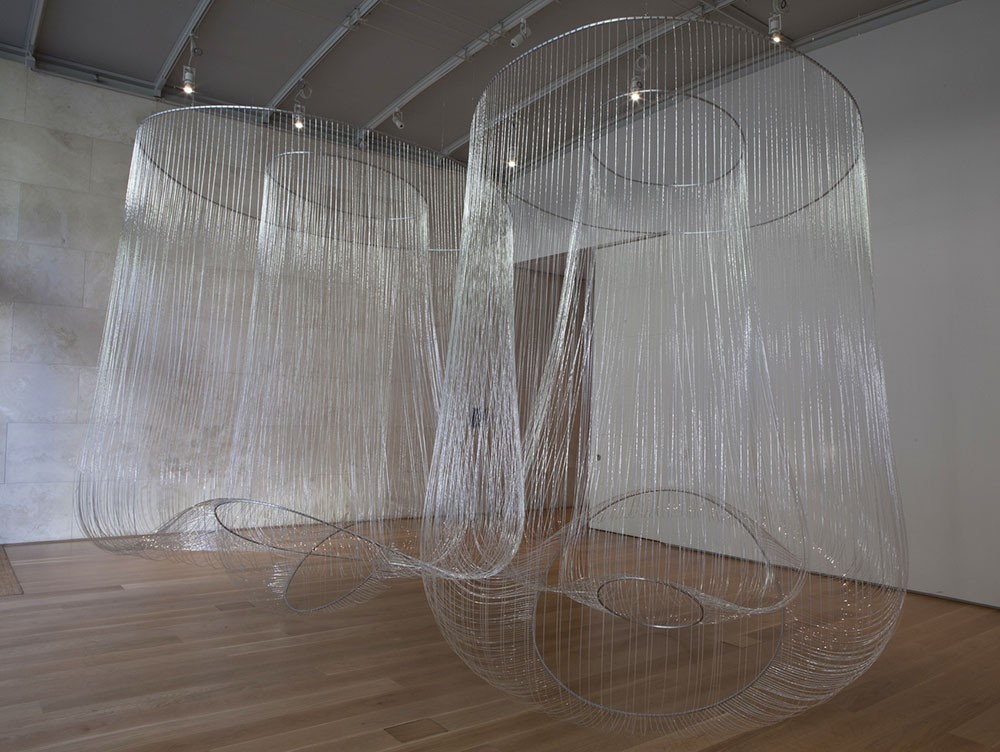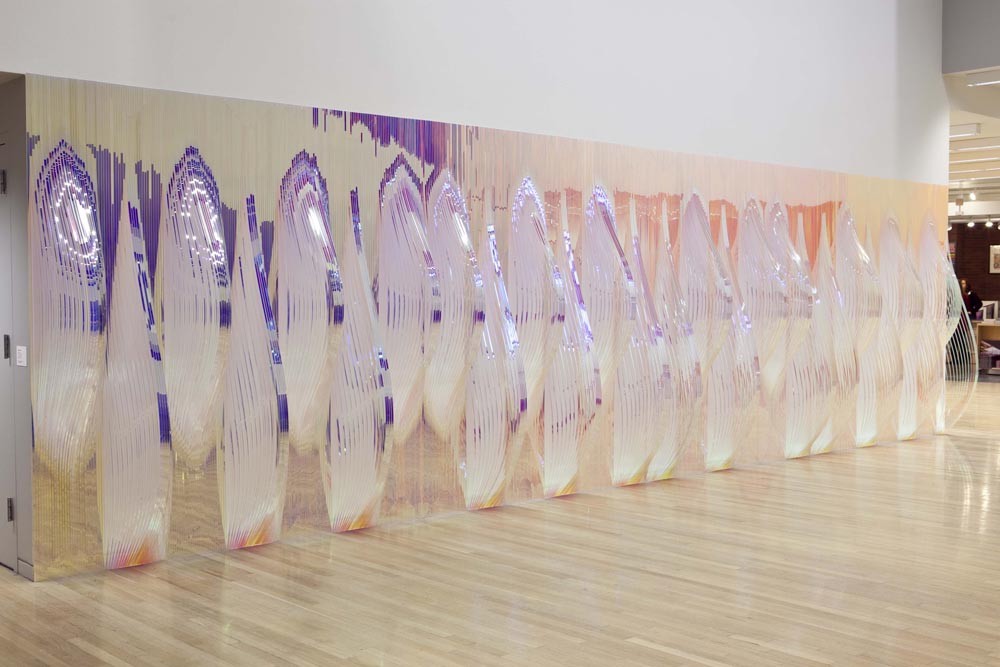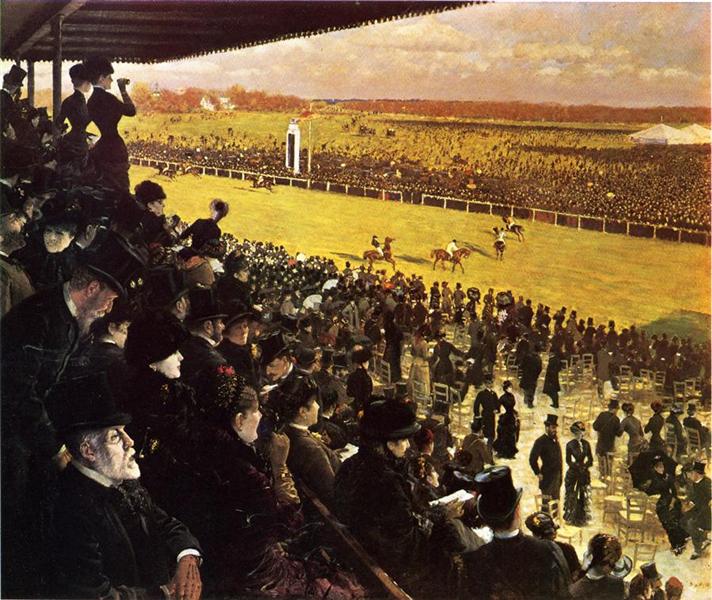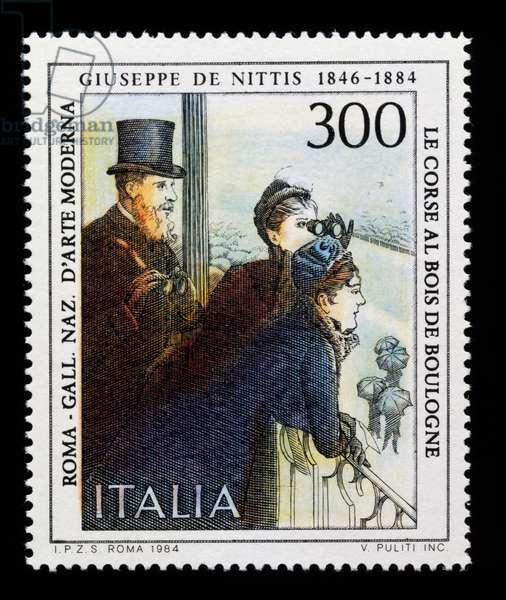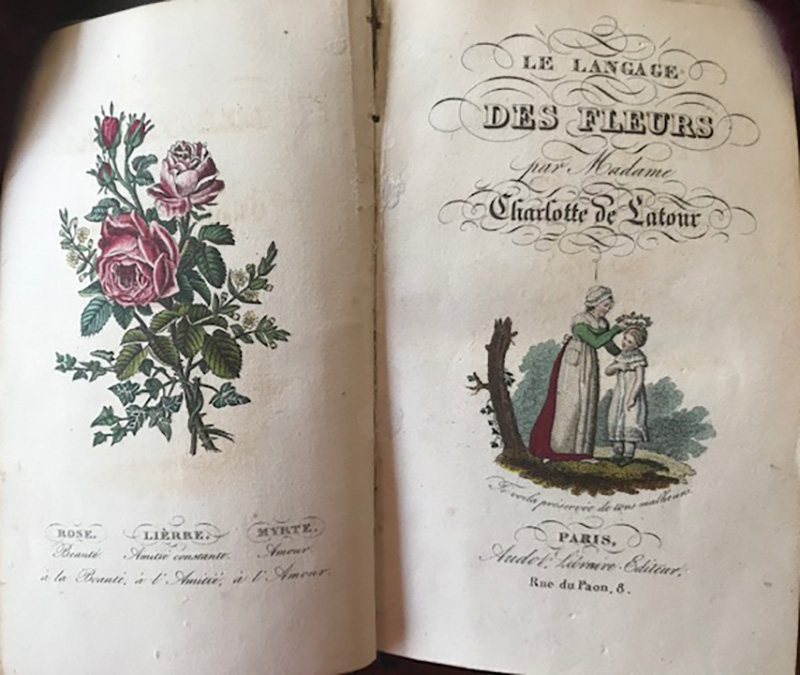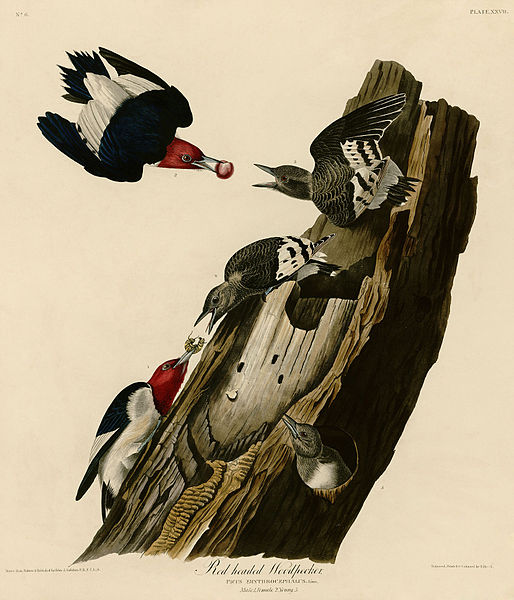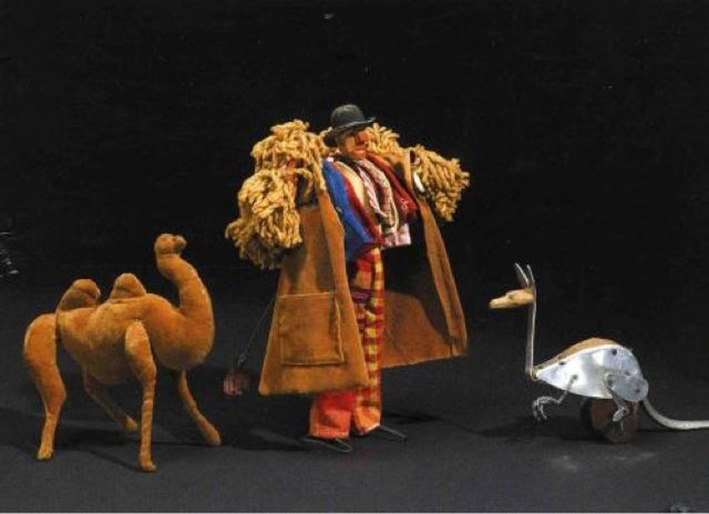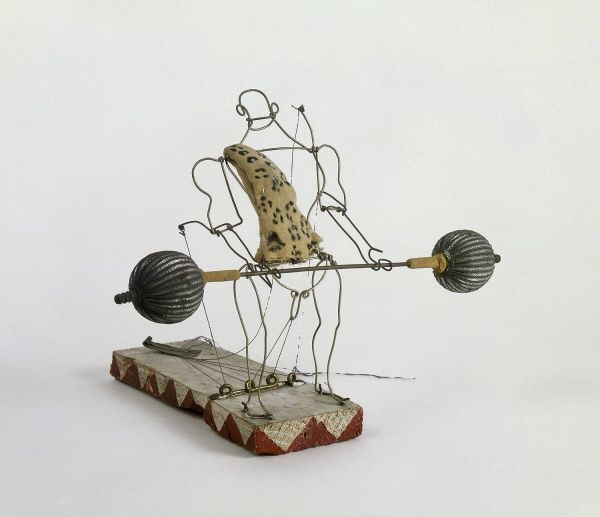Born in 1964 in Glendale, Arizona, Alyson Shotz is the daughter of a United States Air Force pilot and a teacher. Shotz studied geology and physics, but turned to art, earning a BFA in 1987 from the Rhode Island School of Design and an MFA in 1991 from the University of Washington in Seattle. She moved to New York to begin her career in art. Her work has been influenced by science. She began using photography as her medium, capturing the motion of an object with a series of photographs and putting them together in prints and videos. From 1996, her work has included three-dimensional pieces made of materials such as mirrors, optical lenses, and piano wire. She explores natural phenomena such as space, light, gravity, and patterns found in nature that are invisible to the human eye, and she makes them visible. By 1999, her works received wide notice and approval.
“Mirror Fence” (2002-2014) (138’ x 36”x 4”) (Storm King Art Center, New Windsor, NY) was made of Starphire glass mirror and aluminum. Starphire glass transmits 5% more visual light than ordinary glass, and it eliminates distortion and altered colors. Sections of the picket fence appear and disappear as visitors walk by, the color changing from day to night and season to season.
“Mirror Fence” was in the company of such well-known sculptures by David Smith, Henry Moore, Louise Nevelson, Alexander Calder, and Maya Lin. Storm King is an outdoor museum opened in 1960 that contains works by some of the most acclaimed artists of the 20th and 21st Centuries.
In “Wave Equation” (2010) (120”x144”x117”) (stainless steel wire, silvered glass beads, aluminum) (Nasher Sculpture Center, Indianapolis, IN) Shotz draws on her knowledge of physics: “There are things that I see happen when I’m working with a material that tells me something about gravity, space, force. I’m interested in showing that idea through the artwork.”
Shotz’s sculptures are fascinating; they are large and continually changing. Visitors respond to their beauty and energy, and that is enough. However, appreciation of the ideas that influenced their creation requires some explanation. A wave “is a disturbance that travels through space and matter transferring energy from one place to another. When studying waves, it’s important to remember that they transfer energy, not matter.” (Physics for Kids, duckster.com) “Wave Equation” is constructed of two sets of four aluminum ellipses, connected by shiny piano wire. Cylindrical, mirrored glass beads are attached intermittently to the piano wire. The movement that is generated depicts the rise and fall of gravitational forces. Writer Rebecca Cater describes her observation of “Wave Equation”: “In my 360-degree tour of the sculpture, it is as if the wires are in fact broken, held together by a space of emptiness. Take one more step, and the illusion vanishes.” (DMagazine, November 23, 2010)
“Standing Wave” (2010) (25’ long) is composed of thousands of acrylic dichroic strips that are fastened with tape side-by-side at stepped intervals to the gallery wall. The dichroic acrylic is clear; the surface reacts, reflects, and transmits rays of color depending on the conditions of the gallery and the passage of viewers. The result is an undulating wave of colors.
Dichroic acrylic is made by vaporizing quartz crystals and metallic oxides with an electron beam in a vacuum chamber. The resultant particles condense on the surface of the acrylic sheet, forming a crystal structure. Dichroic comes from Greek meaning “two-colored.” The earliest known example comes from 4th Century Rome in the “Lycurgus Cup” which appears red under normal light, but when a flash photo is taken, the cup is green. In the 1990’s NASA developed dichroic glass for use as mirrors and re-entry tiles on space shuttles. Since then, the ever-changing color of dichroic glass and acrylic have played a major part in jewelry making.
Shotz continues to explore natural phenomena in “Entanglement” (2022) (206”x207”x206”) (165 feet in length) (stainless steel and paint). The sculpture was commissioned by the Billi Tisch Center for the Integrated Sciences at Skidmore College in New York. The 750-pound sculpture is suspended from the ceiling of the atrium of the building. What are entanglements? Shotz explains that “entangled structures are fundamental to DNA proteins, turbulent plasmas, fluid dynamics, and the quantum-mechanical foundations of nature itself. When two particles become entangled, they remain connected even when separated by vast distances. I like to imagine this sculpture as the pathway between two connected particles in space.”
According to Shotz, “Entanglement” explores the idea that a shape can be defined by space rather than mass. There is more space in this sculpture than steel. It also asks, ‘How does perception define the experience of space?’ If you look at the sculpture from only one point of view, it might be difficult to understand, you have to move around it to experience it fully. As your point of view changes and the light changes, the shape itself changes. These concerns flow through all of my work.” In motion, the color will change from gold to green to blue.
The stainless-steel structure was made by MX3D, a process invented by a company in Amsterdam, Netherlands. A robot printed the work in two-to three-foot-long sections by dropping a single drop of molten steel at a time. Paint was applied after the steel frame was completed. The sections were then welded together and installed in the atrium of the Tisch center.
“The Robes of Justitia” (2022) was commissioned for the ceiling of the Fred D. Thompson Federal Courthouse in Nashville, Tennessee. Justitia was the Roman goddess of justice introduced to the pantheon by emperor Augustus, who reigned from 27 BCE to 14 CE. She was one of the four virtues, often depicted blindfolded and holding scales and a sword. She is the prototype for America’s Lady Justice. Shotz chose to represent her with folds of a classical Roman tunic. The ceiling installation is composed of eight panels containing very small glass mosaic tiles. Each panel is 25 feet wide and 13.5 feet tall. The domed ceiling is 50 feet in diameter. Shotz describes the effect she wanted to create: “In this mosaic the folds of her robe sweep around the central oculus like the wind and space that surrounds us–a metaphor of the protection of justice and the work of the law as it is supposed to be enacted in this country.”
Shotz’s “The Robes of Justitia” was one of the winners of the Honor Award, presented in 2022 by the U.S. General Services Administration for highest achievement in art. The award is presented annually to recognize excellent design in a federal building.
In May 2023, the Academy Art Museum in Easton added “Density of Air” (2023) (144”x59.5”) to the permanent collection. The sculpture consists of thousands of small stainless-steel discs. The work references the mixture of gases and air that expand and compress, but are invisible to the human eye. Stotz stated, “There are things that I see happen when I’m working with a material that tells me something about gravity, space, and force. I’m interested in showing that idea through the artwork.”
Shotz’s work can be found in museums and collections world-wide. Closer to home, her work is in the collection of the Baltimore Museum of Art, the Hirshhorn Museum and Sculpture Garden, and the Phillips Collection. She continues to explore multiple mediums and new technological break-throughs to advance her knowledge and the viewer’s experience of the unseen but very present phenomena of nature that surround us.
Beverly Hall Smith was a professor of art history for 40 years. Since retiring with her husband Kurt to Chestertown in 2014, she has taught art history classes at WC-ALL. She is also an artist whose work is sometimes in exhibitions at Chestertown RiverArts and she paints sets for the Garfield Center for the Arts.



